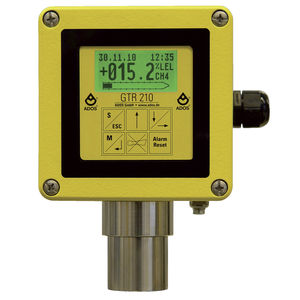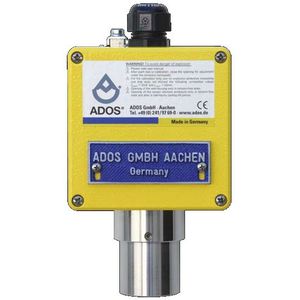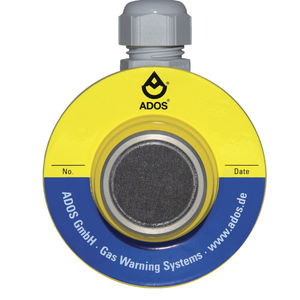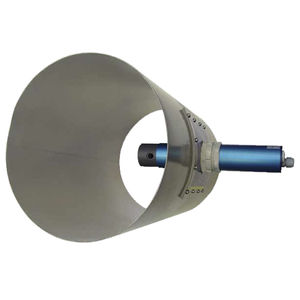
- Metrology - Laboratory
- Analytical Instrumentation
- Hydrogen gas transmitter
- ADOS GmbH, Mess- und Regeltechnik
Fuel gas transmitter LCTR 903methaneLPGhydrogen
Add to favorites
Compare this product
Characteristics
- Gas type
- fuel, methane, LPG, hydrogen, natural gas
- Technology
- electrochemical
- Applications
- multi-use
- Other characteristics
- IP54
- Output
- 4-20 mA, 4-wire, 3-wire
Description
The gas transmitter ADOS LCTR 903 is suitable for the detection of combustible gases, for example hydrogen, methane (natural gas) or propane / butane (LPG) in air in the LEL region.
Two transmitter versions with different output signals are available:
- 3-wire 4–20 mA
- 4-wire LON® (LCTR 404)
Three measuring principles are available:
- VQ
- TGS
- IR
Fields of Application
Gas fired boiler systems
Gas distribution station
Gas transfer station
Battery charging station
The TGS sensor
The TGS sensor contains a semiconductor sensor,
which is constructed on SnO2 -sintered N-substrate.
When combustible or reducing gases are absorbed by the surface of the sensor, the concentration of the test gas is determined by the change in conductivity.
The VQ sensor
The head of the VQ sensor functions on the principle of heat reaction. When combustible or reducing gases or vapours come in contact with the measuring element, they are subjected to catalytic combustion, which causes a rise in temperature. This rise causes a change in the resistance of the measuring element which is used as a measure of the component of gas being tested. The inert element is for compensating the temperature and conductivity of the test gas.
Catalogs
Product Portfolio
104 Pages
Other ADOS GmbH, Mess- und Regeltechnik products
Gas sensors and transmitters
Related Searches
- Gas analyser
- Concentration analyser
- Monitoring analyser
- Liquids analyser
- Desktop analyzer
- Automated analyzer
- Process analyser
- Integration analyser
- Oxygen analyser
- NDIR analyzer
- Carbon dioxide analyser
- Trace analyser
- Moisture analyser
- CH4 analyzer
- Modular analyser
- Electrochemical analyser
- Flue gas analyser
- Multi-channel analyser
- Gas transmitter
- CnHm analyzer
*Prices are pre-tax. They exclude delivery charges and customs duties and do not include additional charges for installation or activation options. Prices are indicative only and may vary by country, with changes to the cost of raw materials and exchange rates.










